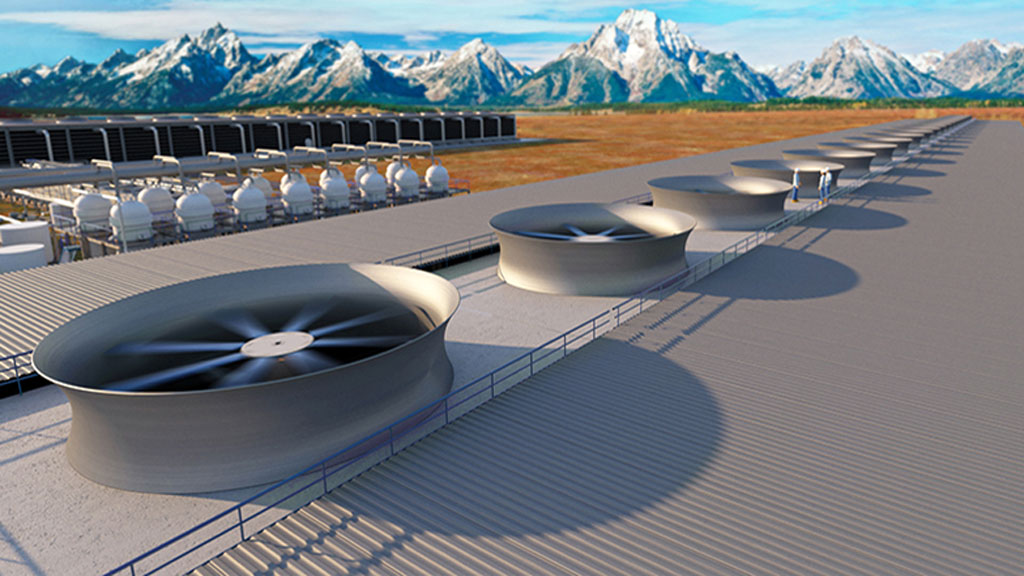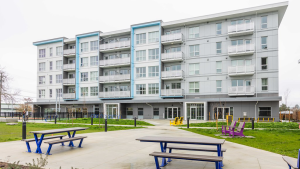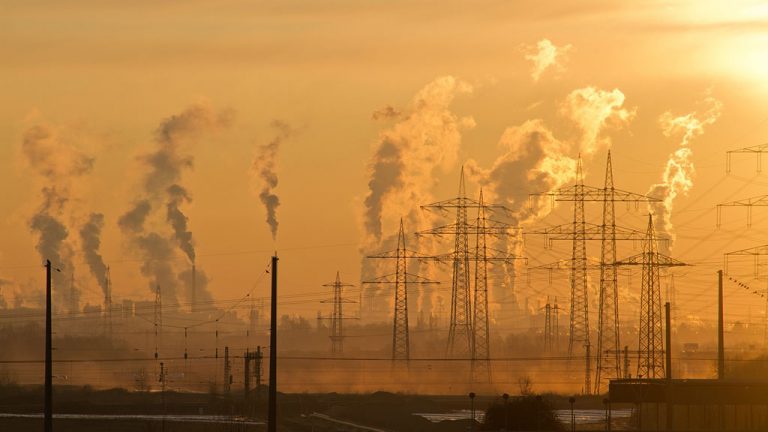Engineering and design work has begun for a large-scale facility near Merritt, B.C. that will capture carbon dioxide (CO₂) from the air and produce up to 100 million litres of ultra-low carbon transportation fuel each year.
The commercial plant will combine atmospheric CO₂ with hydrogen to produce cleaner-burning gasoline, diesel and jet fuel that will produce up to 90 per cent fewer emissions than conventional hydrocarbons. The fuel will work in existing airplanes, ships, trucks and cars without the need to modify the vehicles.
It is expected to be the first commercial-scale fuel production plant that uses carbon captured directly from the atmosphere.
The facility is the brainchild of Canadian-based Huron Clean Energy with its partners, Oxy Low Carbon Ventures, Carbon Engineering (CE) and The Upper Nicola Band. The B.C. government is contributing $2 million for the preliminary engineering and design work for the project through the Innovative Clean Energy Fund.
The plant will occupy about 100 acres of land and is expected to create thousands of local jobs during construction and hundreds of jobs for the ongoing operation of the facility. A media event was held recently with the partners and government ministers at CE’s pilot facility in Squamish to announce the project.
Physical construction of the structure is expected to begin in 2023, with operations starting about three years later. Once fully assembled, the plant will occupy approximately 100 acres of commercially designated land 25 kilometres from Merritt on one of the Upper Nicola Band’s eight reserves near Douglas Lake.
An estimated 620 direct jobs will be created during the design and development phases of the project, with another 4,780 direct jobs during construction and 340 long-term jobs during the operation of the plant.
“Our vision at Huron is to inspire a global shift towards preserving the planet, and we hope to realize this through the development of CE’s game-changing technology across Canada,” Huron president Michael Hutchison explained. “This will be pure Canadian innovation.”
In co-operation with First Nations and the other partners, Huron will leverage expertise to deliver facilities that will bring significant emissions reductions and environmental benefits, he said.
“They will also lead to the development of new Canadian industries and thousands of Canadian jobs.”
The facility will run on renewable energy from BC Hydro and use Squamish-based CE’s direct air capture and Air-2-Fuels technologies to capture CO₂ from the air and deliver the low-carbon fuel.
The technology pulls in atmospheric air, then through a series of chemical reactions, extracts the carbon dioxide and returns the rest of the air to the environment. Clean electricity is used to electrolyze water, splitting it into hydrogen and oxygen.
The CO₂ and hydrogen are then reacted to produce hydrocarbons which can directly, or with refining, be converted into synthetic fuels to be used in place of petroleum-based fuels.
Steve Oldham, CEO of CE, said the company’s proprietary technology was conceived and designed at home in Canada, with B.C. providing the ideal location for the company to innovate and grow. He couldn’t think of a more fitting location for the proposed development of the company’s first such plant.
“Our Canadian-made solutions have the potential to be key tools in the efforts to achieve the province’s CleanBC and Canada’s net-zero goals, and we’re grateful for the B.C. government’s continued support and commitment to the low-carbon transition.”
Founded in 2009, CE has been capturing CO₂ from the atmosphere since 2015 and converting it into fuels since 2017.
Worley Ltd., a global company headquartered in Australia, has been awarded a service contract to provide early front-end engineering and design services for the facility and will act as project integrator for the technology.
The federal government, through its Strategic Innovation Fund, is evaluating the project and tracking the engineering work closely. The plant is expected to make a significant contribution to the CleanBC target of 650 million litres of low-carbon fuel production by 2030. It is also expected to create demand for up to 25,000 tonnes of green hydrogen annually, representing Canada’s largest green hydrogen project to date.
Energy, Mines and Low-Carbon Innovation Minister Bruce Ralston said the project advances made-in-B.C. technology to capture CO₂ directly from the atmosphere and convert it into clean fuels.
Environment and Climate Change Strategy Minister George Heyman said by working in partnership with the Upper Nicola First Nation, the province is funding new, innovative technology to advance reconciliation and build a low-carbon future for B.C.
Huron has partnered with Upper Nicola Holdings Limited Partnership on a land and business participation agreement.
Chief Harvey McLeod of the Upper Nicola Band said the community has been quietly advancing other clean energy development on reserve lands and the project aligns perfectly with its priorities.









Recent Comments
comments for this post are closed